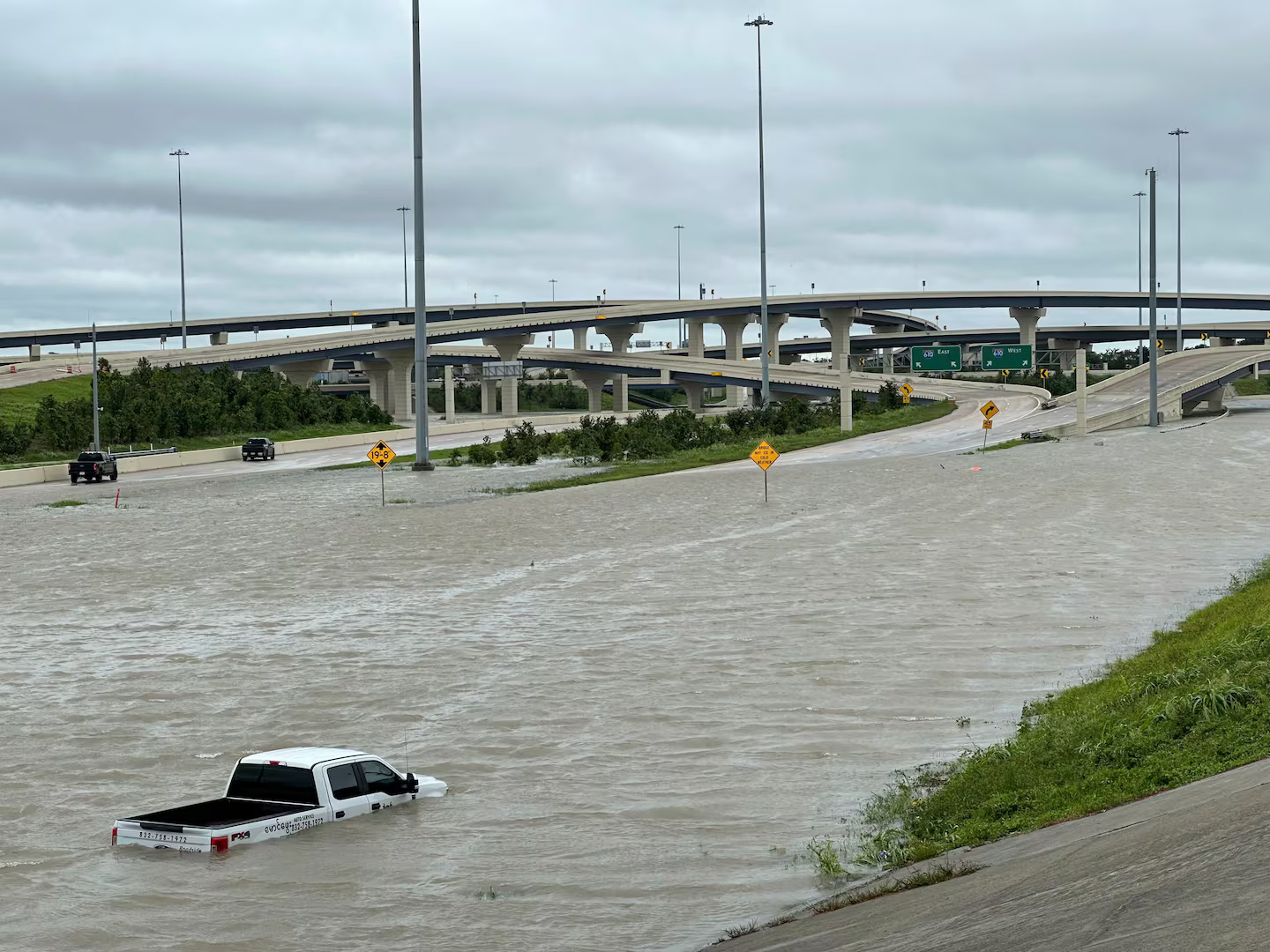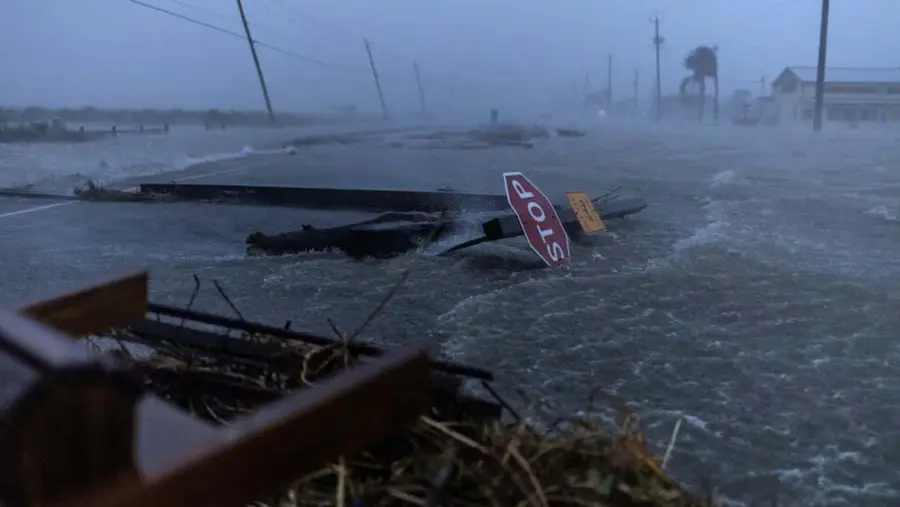Hurricane Beryl caused significant flooding in Houston, submerging parts of interstates and turning bayous into rapids. This led to numerous water rescues and at least one death. Despite a quick recession of the waters, the hurricane left over 1 million people without power in oppressive heat, highlighting the city’s ongoing struggle with flooding.
Signs of Beryl’s impact included clumps of trash marking flood heights and abandoned vehicles in rapidly rising waters. However, some areas like Meyerland saw minimal damage due to elevated homes, a precaution taken after Hurricane Harvey in 2017. Though not the most devastating flood Houston has faced, Beryl underscored the persistent and severe flooding issues in the city.
Houston’s flooding challenges persist despite significant investments in flood control projects. As climate change intensifies storms and increases rainfall, these challenges are expected to worsen. Houston Public Works highlighted that streets act as primary drainage, a situation unlikely to change soon, reflecting the city’s continuous battle with flooding.

Ben Hirsch from West Street Recovery noted the normalization of such flooding in Houston, suggesting that in other parts of the country, Beryl’s impact would be seen as catastrophic. This sentiment underscores the city’s repetitive trauma from frequent flooding events, which has become a part of life for many residents.
In response to worsening flood risks, the Biden administration finalized a policy to ensure taxpayer-funded infrastructure projects account for both past and future floods. This aims to make infrastructure more resilient and break the cycle of repeated flooding and rebuilding. However, Houston’s issues also stem from long-standing decisions and its inherent geographical challenges.
Harris County Judge Lina Hidalgo emphasized that Houston’s flooding problems are deeply rooted in its history and geography. Efforts to build sufficient flood infrastructure have lagged behind the city’s growth and development, making comprehensive flood control a critical priority for the future.
Hurricane Beryl’s aftermath included numerous rescues and one death due to fast-rising floodwaters. Despite extensive flood control infrastructure, Houston remains highly vulnerable to flooding, a risk exacerbated by climate change and rapid urban development, which increases impervious surfaces and reduces natural water absorption.
The city has taken steps to address flooding, such as passing a $2.5 billion bond for flood control projects and converting flood-prone areas into open spaces. Yet, officials acknowledge that complete flood prevention is challenging. Future proposals include massive tunnels and additional reservoirs, though these are expensive and controversial. Continued investment and possibly new taxes are essential to building the necessary infrastructure to mitigate future floods.

